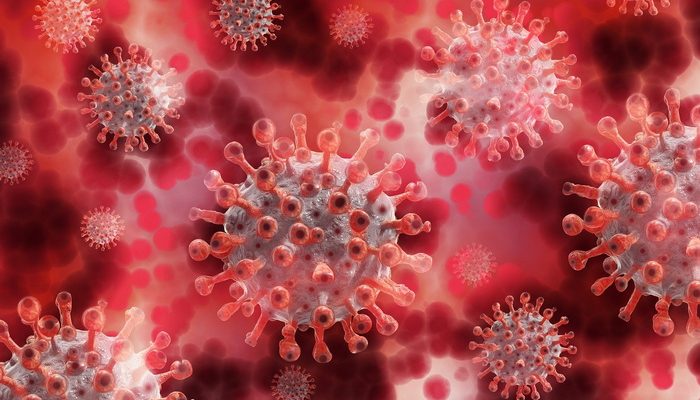The word chronic is used whenever the condition lasts for three months. Chronic ailments usually cannot be obviated by using vaccination or cured by medication, but their effects can certainly be mitigated. Chronic diseases are long lasting persistent conditions where the patient strictly needs to administer their medication on their prescribed time to avoid any emergencies. Under such circumstances, people usually opt for online pharmacies and medical stores such as: ( https://www.pricepropharmacy.com). You can easily find and order your desired medicinal drugs using this link. It offers a variety of high-quality medicinal drugs at affordable rates. The best of all is that it also provides prompt delivery services. However, the efficacy of these drugs is possible if health inimical activities are forbidden.
Health inimical activities – specifically tobacco use, lack of physical activity, and poor eating habits – majorly contribute to the leading chronic diseases. Some of the commonly known chronic diseases are as follows:
10 – Arthritis
Symptoms of arthritis comprise pain and limited function of joints. Joint stiffness results in joint inflammation, swelling, redness, pain, and warmth. The anti-inflammatory properties of ginger functions as a miracle for arthritis patients, as it reduces joint pain and stiffness, but the use of medicinal drugs is advised.
09 – Asthma
Asthma is a clinical condition of chronic airway inflammation characterized by recurrent airway hindrance. Airway inflammation also leads to airway hyper reactivity, which causes airways to narrow in response to various stimuli.
08 – Cancer
Cancer is a condition in which there is a growth of abnormal cells in the body. These abnormal cells can destroy healthy cells and can infiltrate normal body tissues.
07 – Chronic Obstructive Pulmonary Disease (COPD)
Chronic obstructive pulmonary disease (COPD) is a chronic condition in which there is a slow, progressive obstruction of airflow into or out of the lungs. The most common symptoms include shortness of breath (dyspnea).
06 – Diabetes
Diabetes is an abnormally elevated sugar (glucose) disorder in the blood. Insulin produced by the pancreas lowers blood glucose. The failure to not produce insulin or the body’s inability to use insulin properly induces diabetes.
There are two types of diabetes; type 1 and type 2. Former names for these conditions were insulin-dependent and non-insulin-dependent diabetes, or juvenile-onset and adult-onset diabetes.
05 – Cystic Fibrosis
Cystic fibrosis is an inherited disease characterized by the buildup of thick, sticky mucus that can damage many of the body’s organs. The disorder’s most common signs and symptoms include progressive damage to the respiratory system and chronic digestive system problems. These infections cause chronic coughing, wheezing, and inflammation.
04 – Heart Disease
The heart muscle in the body is responsible for the continuous circulation of oxygen throughout the body and needs a substantial amount of blood supply to contract and ensure an uninterrupted supply of oxygen to the body. Coronary arteries are responsible for the supply of blood to the heart. If one or more coronary arteries narrow, the blood supply to the heart gets obstructed. This may result in heart diseases and chest pain spreading along the shoulders and arms making it difficult to breathe.
03 – Alzheimer’s Disease and other Dementias
Alzheimer’s is a chronic disease (AD) that gradually causes damage to brain tissues. The symptoms include impairment of memory and eventually by disturbances in reasoning, planning, language, and perception. According to scientists, Alzheimer’s disease is a cause of overproduction or accumulation of a certain protein (beta-amyloid protein) that causes damage to nerve cells in the brain.
02 – ALS (Lou Gehrig’s Disease)
Amyotrophic lateral sclerosis (ALS) a rare neurological condition that mainly involves the nerve cells (neurons) responsible for controlling the voluntary movement of muscles like chewing, breathing, talking, and walking. The ailment is progressive, meaning the symptoms get worse over time.
01 – Eating Disorders
Binge eating disorder is a medical disease that includes repeated binge-eating episodes without any initiative of the person to overwork the binge episodes.


